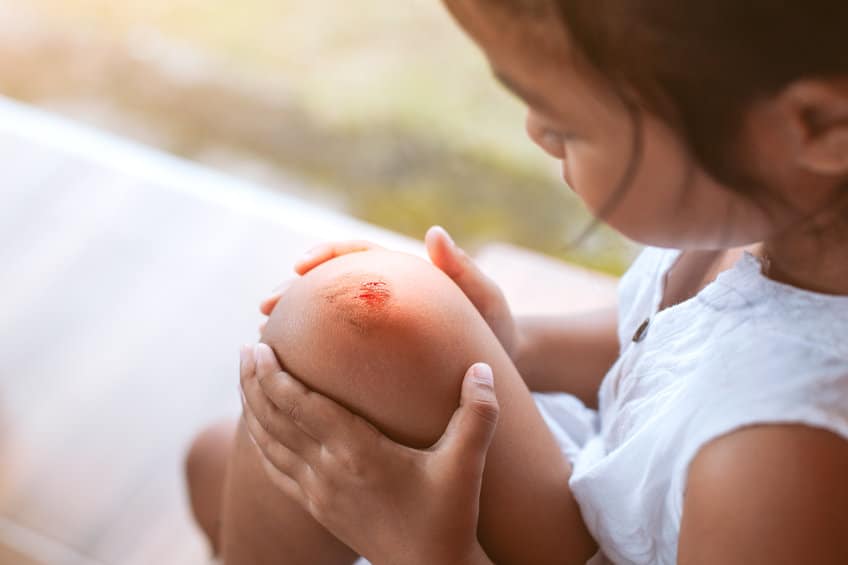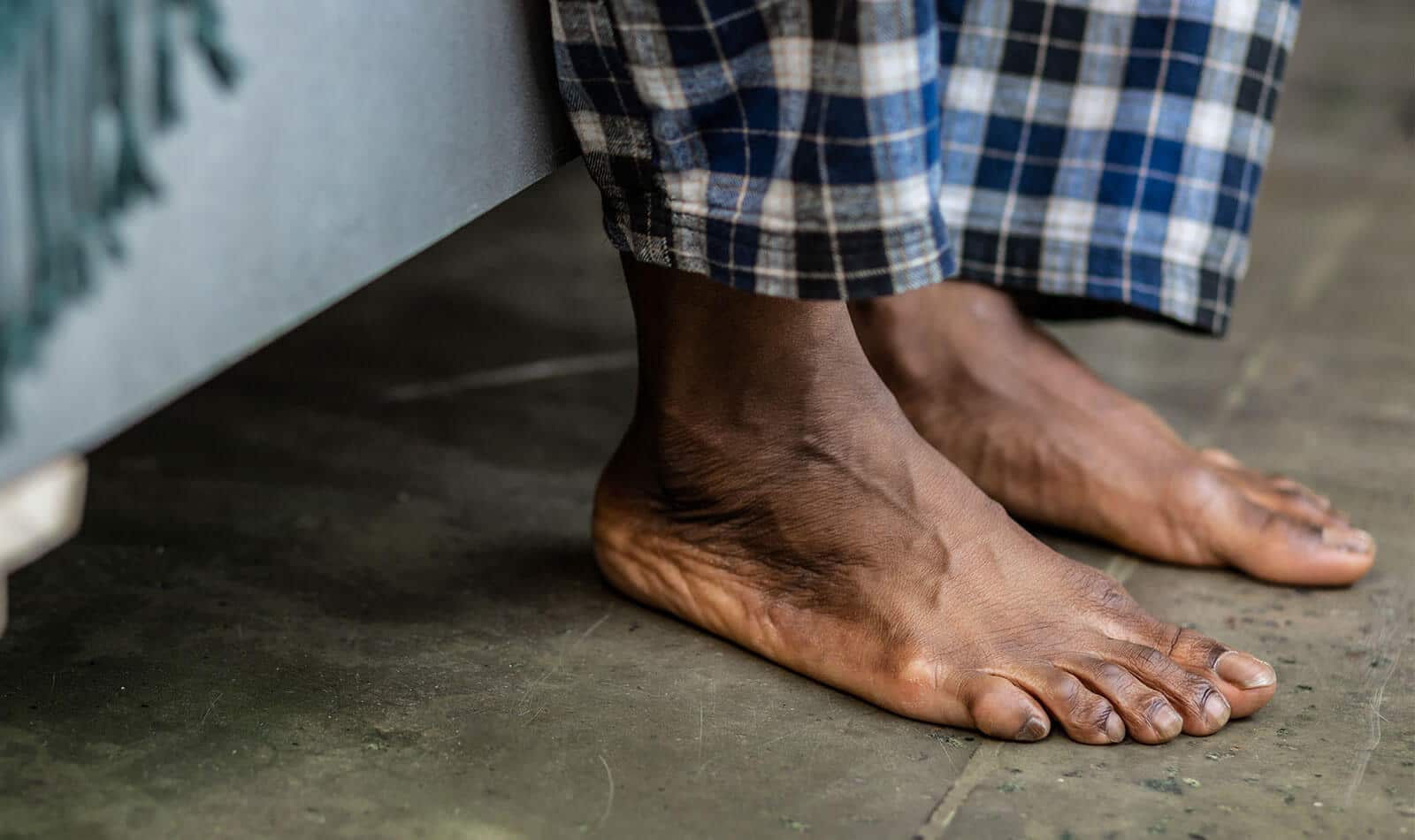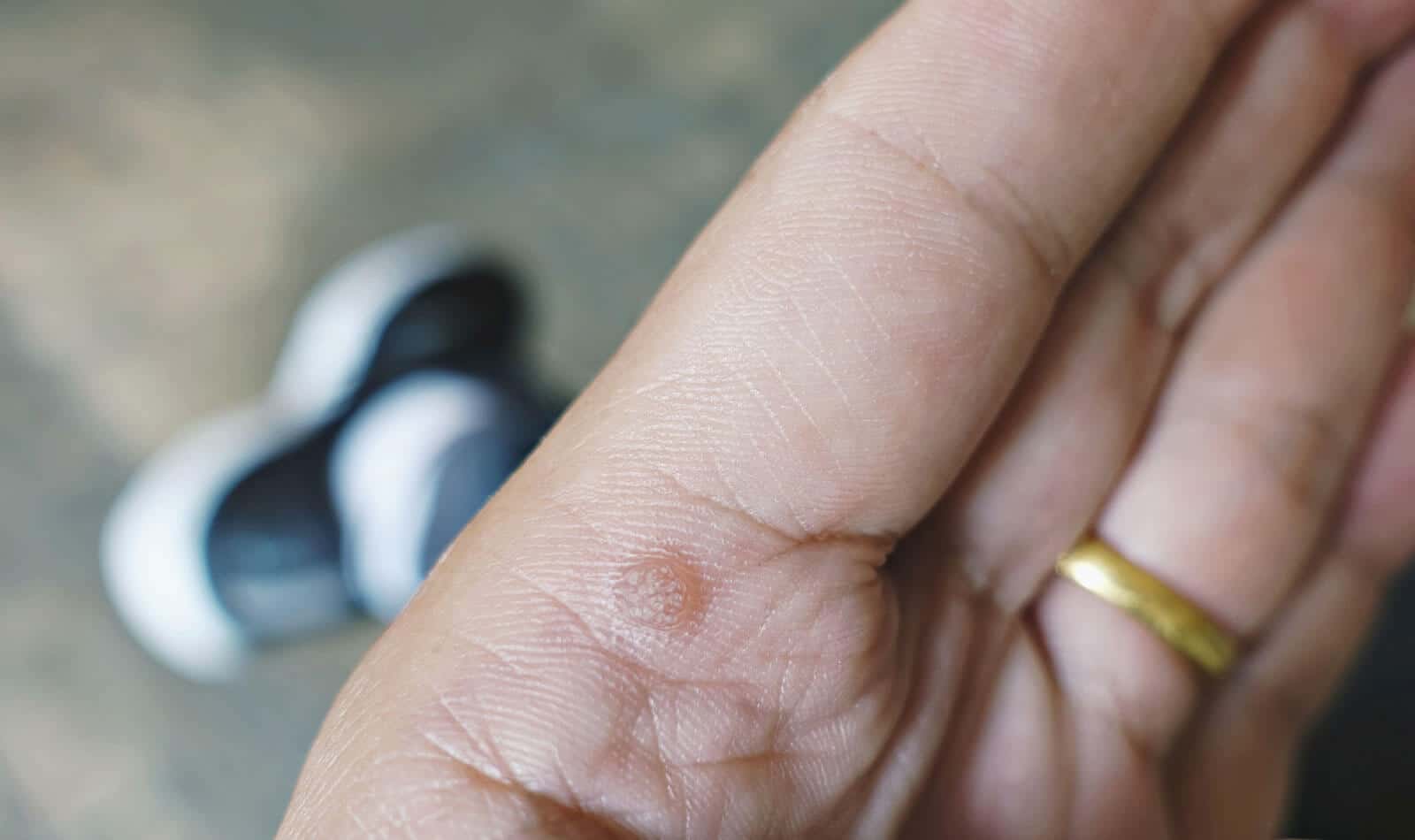Minor Cuts and Scratches
Minor Cuts and Scratches


Back to top
HOW TO TREAT CRACKED FINGERS AND HEELS
Use a hygienic, flexible, moisture and dust proof barrier to cover cracks and fissures on fingers, hands and heels without the bulkiness of an adhesive plaster: This can be especially useful on over-sanitised hands or on “winter fingers”. A colourless liquid plaster will help to protect cracked skin on fingers and heels will:
- cover the cut hygienically to allow natural healing
- be moisture resistant to protect the wound, while keeping out irritants and dirt
- protect the wound and prevent cracks re-opening
- avoid the bulkiness of a traditional plaster.
Back to top
HOW TO USE A COLOURLESS LIQUID PLASTER
- Clean the crack or fissure thoroughly with an effective antiseptic.
- Allow to dry or dry with clean cotton wool or gauze. Ensure there is no bleeding.
- Cover the crack or fissure with a small amount of the liquid plaster using the applicator.
- Allow to dry or dry for a few seconds.
- If necessary apply once or twice a day until crack is healed.
- As the product will contain alcohol it may sting for a few seconds – blow on it and the stinging will subside
Note : Replace the film by applying a droplet to the existing film and remove wiping away with a clean, dry pad. Then apply a new film to the cracked skin.
Back to top
WHEN NOT TO USE A LIQUID PLASTER
Do not apply to large, open wounds which are infected or inflamed. Do not use near eyes, nose or mouth. Do not inhale.







